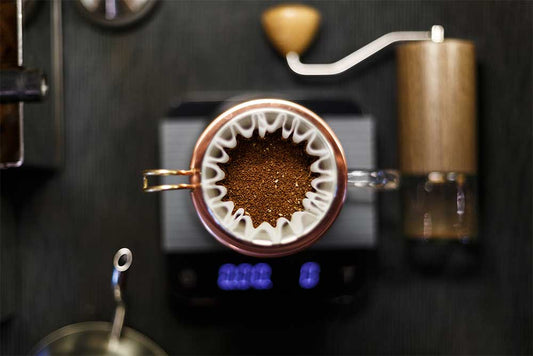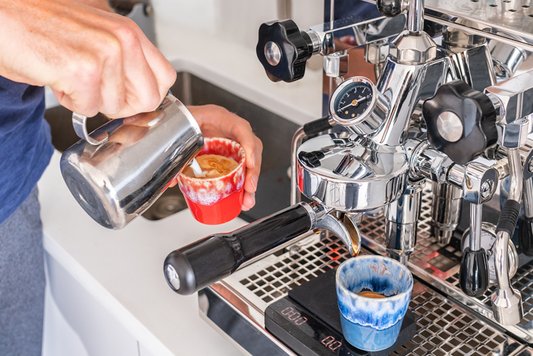-

How to Brew Espresso
Learn MoreEspresso brewing can be complex, from choosing the proper coffee for your preferred drink to grinding to the correct size and mastering your puck preparation. We wrote this espresso brewing guide to point you in the right direction and help you achieve a perfect espresso shot.
-
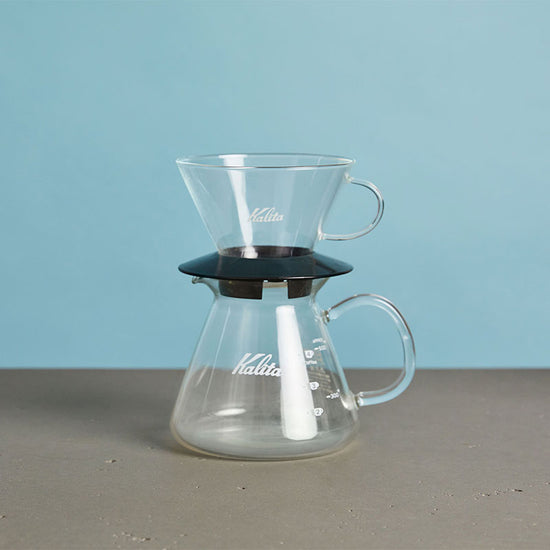
How to Brew Pour Over Coffee
Learn MoreLearn the tips and tricks needed for the perfect pour-over coffee. Our brew guide will walk you through pour over recipes, grind size, pouring techniques, and the ideal temperature for different coffee types.
-
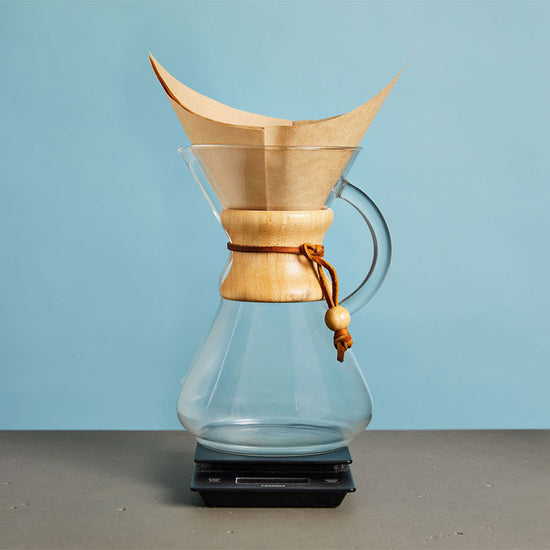
How to Brew With a Chemex
Learn MoreLearn how to brew using the iconic Chemex glass brewer. We outline the perfect Chemex recipe, grind size recommendations, and pouring frequency and intervals.
-

How to Brew With a French Press
Learn MoreLearn the ultimate French Press recipe using our brew guide. Our guide details the best coffee type, grind size, temperature, and brew length for the French Press.
-
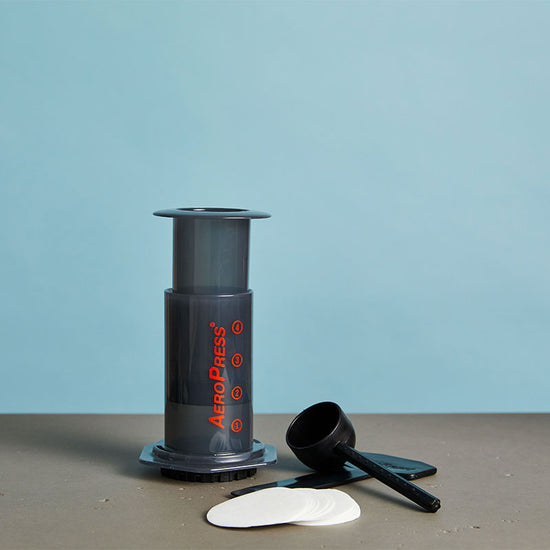
How to Brew With an AeroPress
Learn MoreThe ever-so-popular AeroPress offers several complex, creative, and fun ways to brew, but we’ll focus on a simple and classic recipe to get you going. For inspiration, it is always worth checking out AeroPress recipes from
some competition winners. -
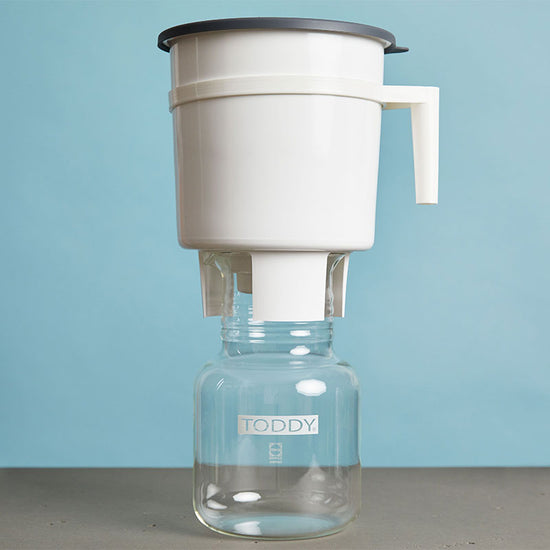
How to Brew Cold Brew Coffee
Learn MoreOne of our favorite brewing methods is that we even crafted a blend specifically for it. Cold brewing coffee is a simple immersion brewing method that creates a rich, smooth, and chocolatey drink with low acidity. Learn how to make cold brew concentrate which can be used across many beverages.
-

Coffee-to-water Ratio Calculator
Learn MoreThe perfect cup of coffee awaits. We’ve created a simple 5-step coffee calculator that recommends coffee-to-water ratios across eight popular coffee brewing methods. Use this tool to calculate; Pour-over, AeroPress, French Press, Autodrip, Chemex, Moka pot, Siphon, and Cold Brew.
-

Espresso-to-milk Ratio Calculator
Learn MoreWe’ve created a simple 8-step tool to calculate the milk-to-espresso ratio for five popular drinks latte, cappuccino, flat white, cortado, and macchiato. You can also use the tool for single-shot espresso, double shot espresso, and at varying strength levels, all while keeping the milk-to-espresso ratio intact.
Coffee Brewing Tips
Always brew with freshly roasted coffee
Always brew freshly roasted whole-bean coffee and grind on demand. The optimal timeframe to brew and enjoy your coffee is 7 – 30 days past the roast date.
Buy specialty coffee from a local supplier
Buying specialty coffee from a local supplier can make all the difference when trying to brew that perfect cup of coffee. An excellent roaster will detail everything about the coffee, from the origin, processing type, roast color/depth, varietal, and taste notes.
Find a roaster that puts every coffee they purchase through the paces before offering it to their customer base. You will know this immediately because a great roaster can tell the story of the coffee from the farm to the roastery.
Understand how processing methods impact coffee taste notes
The process of the coffee (Natural, Washed, Honeyed, etc.) loosely defines how the coffee was processed post-harvest. The post-harvest process has a great deal of impact on potential taste attributes and the quality of the finished product. While great-tasting coffee has come from every type of process, you will learn that specific processes may have flavor profiles more in line with your palette.
Many of the highest-scoring coffees in recent Cup of Excellence auctions are processed using anaerobic fermentation (dry fermentation), a technique taken from the wine industry. Coffee producers leverage this technique to impart unique flavor and aromatics into their coffees.
Use the correct coffee grinder for the job
Ensure you are working with a coffee grinder built for the brewing you intend to do. There is a big difference between a coffee grinder meant for drip coffee versus one for espresso. Always look for a grinder with good burrs, flat or conical; we like the Fellow Ode Coffee Grinder for Filter Coffee and the Eureka Mignon Specialita for Espresso.
Understand grind size and adjustments
We often see poorly extracted coffee in videos across social media and only imagine the same thing happening to most individuals. The particle size of your coffee plays a significant role in proper extraction and the timing of your brew. You must reevaluate your grind size when your espresso is pouring out of your portafilter like a waterfall.
Measure your coffee with a scale
Gone are the days when relying on "scoops" as a measuring guide was commonplace. Use a proper coffee scale, as coffee weight drastically changes by roast type/color. Getting your coffee weight right each time allows consistent input across your brew methods.
Brew with good water
Water represents 99% of the liquid in your cup and should be carefully selected when brewing your coffee. While tap water is clean in some areas, it should not be used when brewing coffee or put through machines without proper filtration. Tap water is typically quite hard, damaging machines and leaving your coffee tasting dull.
Good water needs balanced hardness and alkalinity to help brew the perfect cup of coffee. Like tap water from Los Angeles, water with high alkalinity will have a bland and flat taste in your cup. Like the water in Boston, water with low hardness and alkalinity will leave your coffee tasting weak and sour.
So how do you get it right? You can research local municipalities' water ratios, purchase good bottled water (within the suggested range of hardness and alkalinity), or optimize distilled water with Third Wave Water's mineral packs.
Time your brews
Timing your coffee brews will only lead to more consistent and flavorful cups of coffee. If a recipe calls for a 3-minute brew and it takes you over 4 minutes to complete it, this tells you that you might have your grind size wrong. If you do not time your brews, it will be tough to properly adjust your grind size or brewing techniques to hit your intended times.
Know your brewing temperatures
Light Roast: 199 - 205°F
Medium Roast: 194 - 200°F
Dark Roast: 188 - 194°F or cooler
Clean your equipment
Having pristine brewing equipment will result in a better-tasting cup of coffee. Leaving coffee residue, mainly its oils, can contaminate your next brew. Clean your coffee grinders often, especially after switching to a new coffee.










